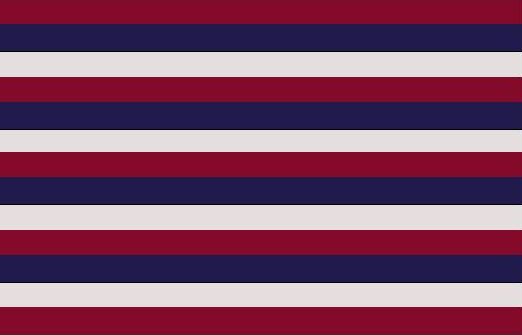|
Siege Of Fort Mifflin
The siege of Fort Mifflin or siege of Mud Island Fort from September 26 to November 16, 1777 saw British land batteries commanded by Captain John Montresor and a British naval squadron under Vice Admiral Lord Richard Howe attempt to capture an American fort in the Delaware River commanded by Lieutenant Colonel Samuel Smith. The operation finally succeeded when the wounded Smith's successor, Major Simeon Thayer, evacuated the fort on the night of November 15 and the British occupied the place the following morning. Owing to a shift of the river, Fort Mifflin is currently located on the north bank of the Delaware adjacent to Philadelphia International Airport. After General Sir William Howe's British-Hessian army occupied Philadelphia, Pennsylvania on September 26, 1777, it became necessary to supply his troops. Fort Mifflin on Mud Island in the middle of the Delaware and Fort Mercer at Red Bank, New Jersey, together with river obstructions and a small flotilla under Commodo ... [...More Info...] [...Related Items...] OR: [Wikipedia] [Google] [Baidu] |
Philadelphia Campaign
The Philadelphia campaign (1777–1778) was a British effort in the American Revolutionary War to gain control of Philadelphia, which was then the seat of the Second Continental Congress. British General William Howe, after failing to draw the Continental Army under General George Washington into a battle in northern New Jersey, embarked his army on transports, and landed them at the northern end of Chesapeake Bay. From there, he advanced northward toward Philadelphia. Washington prepared defenses against Howe's movements at Brandywine Creek, but was flanked and beaten back in the Battle of Brandywine on September 11, 1777. After further skirmishes and maneuvers, Howe entered and occupied Philadelphia. Washington then unsuccessfully attacked one of Howe's garrisons at Germantown before retreating to Valley Forge for the winter. Howe's campaign was controversial because, although he captured the American capital of Philadelphia, he proceeded slowly and did not aid ... [...More Info...] [...Related Items...] OR: [Wikipedia] [Google] [Baidu] |
Fort Mercer
Fort Mercer was a earthen fort on the Delaware River on its New Jersey shore constructed by the Continental Army during the American Revolutionary War. Built by Polish engineer Thaddeus Kosciuszko under the command of George Washington, Fort Mercer was built in 1777 to block the approach to Philadelphia, Pennsylvania in concert with Fort Mifflin on the Pennsylvania side. Fort Mercer was located in an area called Red Bank in what is now the borough of National Park in Gloucester County, New Jersey. The fort was named in honor of Brigadier General Hugh Mercer who died earlier that year at the Battle of Princeton. The fort's site is now part of Red Bank Battlefield Historical Park, which includes a monument and museum. Several cannons attributed to British warships lost supporting the attack on the fort, and others found buried at the fort itself, are in the park. Background Fort Mercer was built and Fort Mifflin rebuilt and garrisoned to protect a line of '' chevaux de fri ... [...More Info...] [...Related Items...] OR: [Wikipedia] [Google] [Baidu] |
Battle Of Paoli
The Battle of Paoli (also known as the Battle of Paoli Tavern or the Paoli Massacre) was a battle in the Philadelphia campaign of the American Revolutionary War fought on September 20, 1777, in the area surrounding present-day Malvern, Pennsylvania. Following the American retreats at the Battle of Brandywine and the Battle of the Clouds, George Washington left a force under Brigadier General Anthony Wayne behind to monitor and harass the British as they prepared to move on the revolutionary capital of Philadelphia. On the evening of September 20, British forces under Major General Charles Grey led a surprise attack on Wayne's encampment near the Paoli Tavern. There were many American casualties; with inaccurate later claims that the British took no prisoners and granted no quarter, the engagement became known as the "Paoli Massacre." Background After the American defeat at the Battle of Brandywine on September 11, 1777, General George Washington was intent on accomplishing t ... [...More Info...] [...Related Items...] OR: [Wikipedia] [Google] [Baidu] |


